Durham, Market Place c.1915
Photo ref:
D71301


More about this scene
This wonderful photograph shows a beautiful convertible car, probably belonging to one of the landed gentry; the two delivery men enjoy a break whilst their horses tuck into their nosebags; and the little boy watches the cameraman at work. The spire of St Nicholas's dominates the Market Place. In 1857 this Victorian church replaced an earlier church of St Nicholas, which dated from the 12th century - it had a tower. On the left, next to the Prudential Assurance building, is the Market Tavern, where the Miners Union was formed in 1871. In the foreground is the statue of Neptune on top of the octagonal pant (a northern word for a public fountain). Neptune was placed here in 1729 to symbolise an ambitious plan to turn Durham into an inland sea port; this would have resulted in the unthinkable - the joining of the rivers Tyne and Wear! Neptune's neighbour is the statue of the 3rd Marquess of Londonderry, who owned collieries around Durham and also constructed Seaham Harbour in 1828. The statue was sculpted by Raphael Monti, who reputedly committed suicide following the discovery of a flaw in his creation. According to legend, Monti had boasted that his statue was perfect, but a blind beggar man was feeling in the mouth of the horse and discovered that it had no tongue.
Add to Album
You must be signed in to save to an album
Sign inShare This Photo
Buy a Print
Unframed, Mounted, Framed and Canvas prints in a range of sizes and styles.
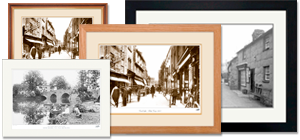
View Sizes & Prices
A Selection of Memories from Durham
For many years now, we've been inviting visitors to our website to add their own memories to share their experiences of life as it was, prompted by the photographs in our archive. Here are some from Durham
Sparked a Memory for you?
If this has sparked a memory, why not share it here?



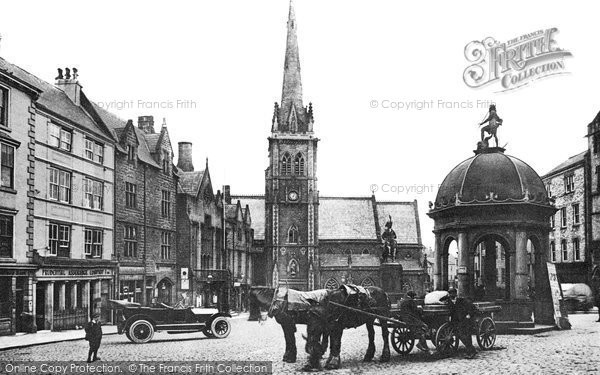
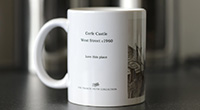
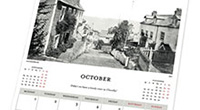
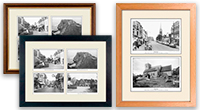
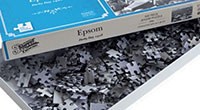
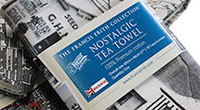

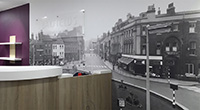

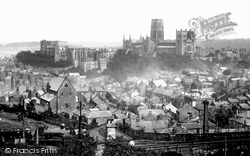
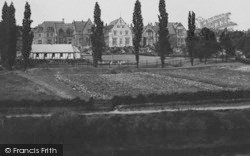
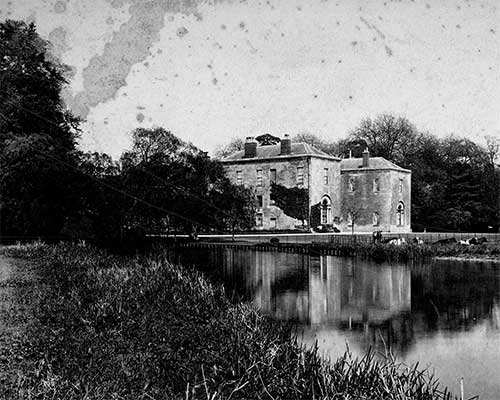 Before
Before
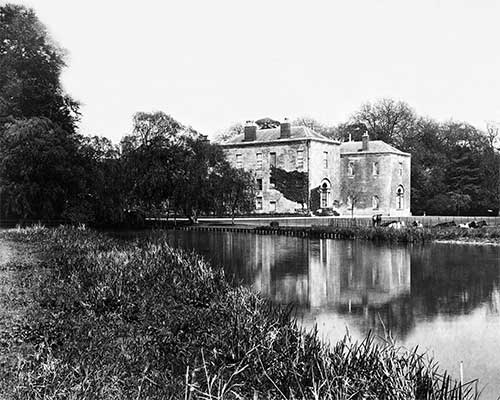 After
After